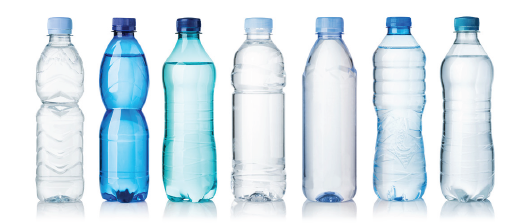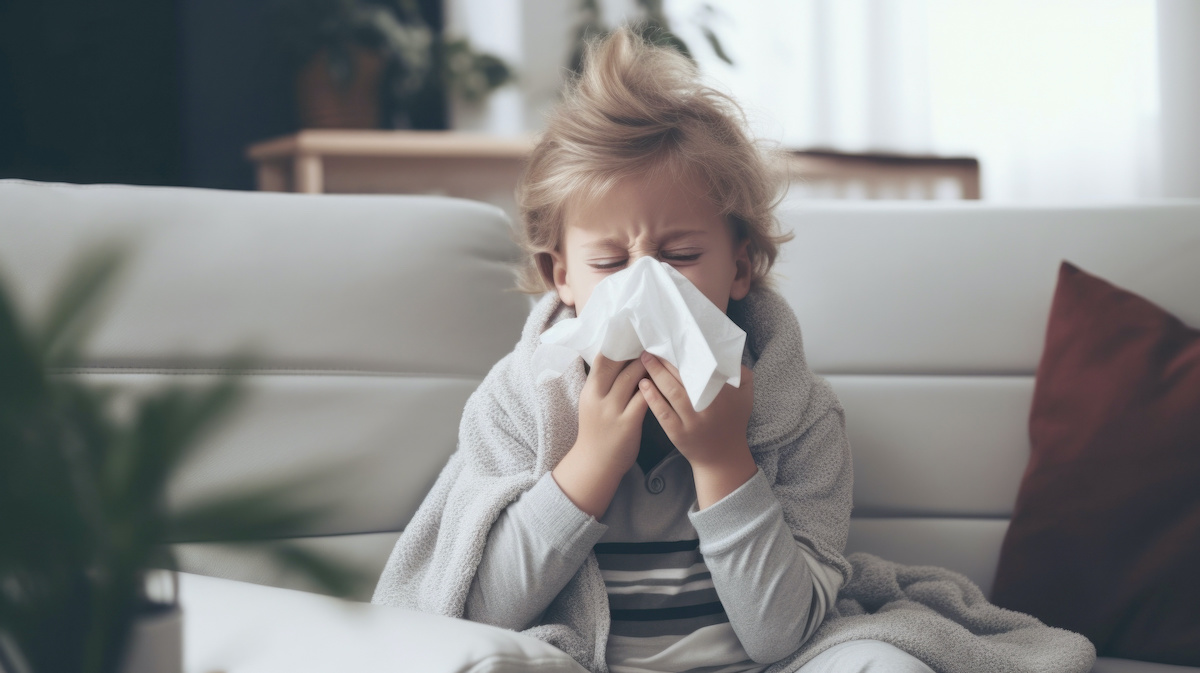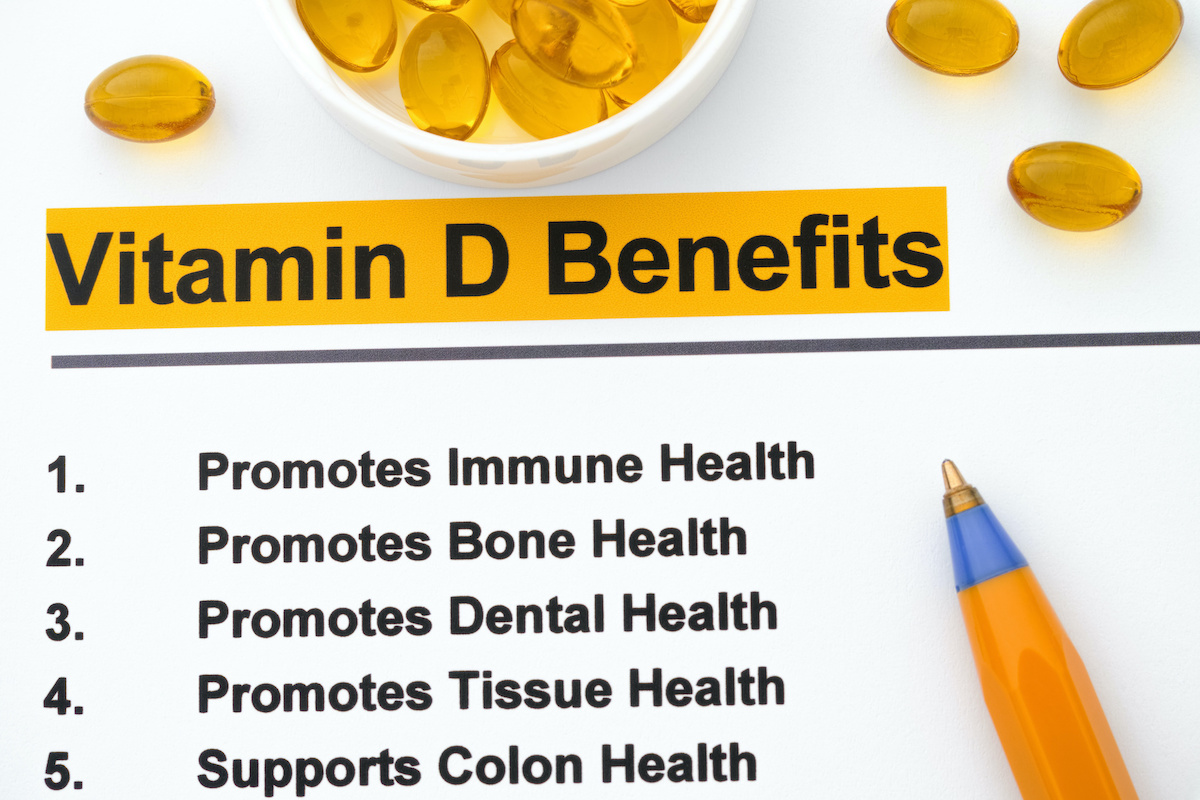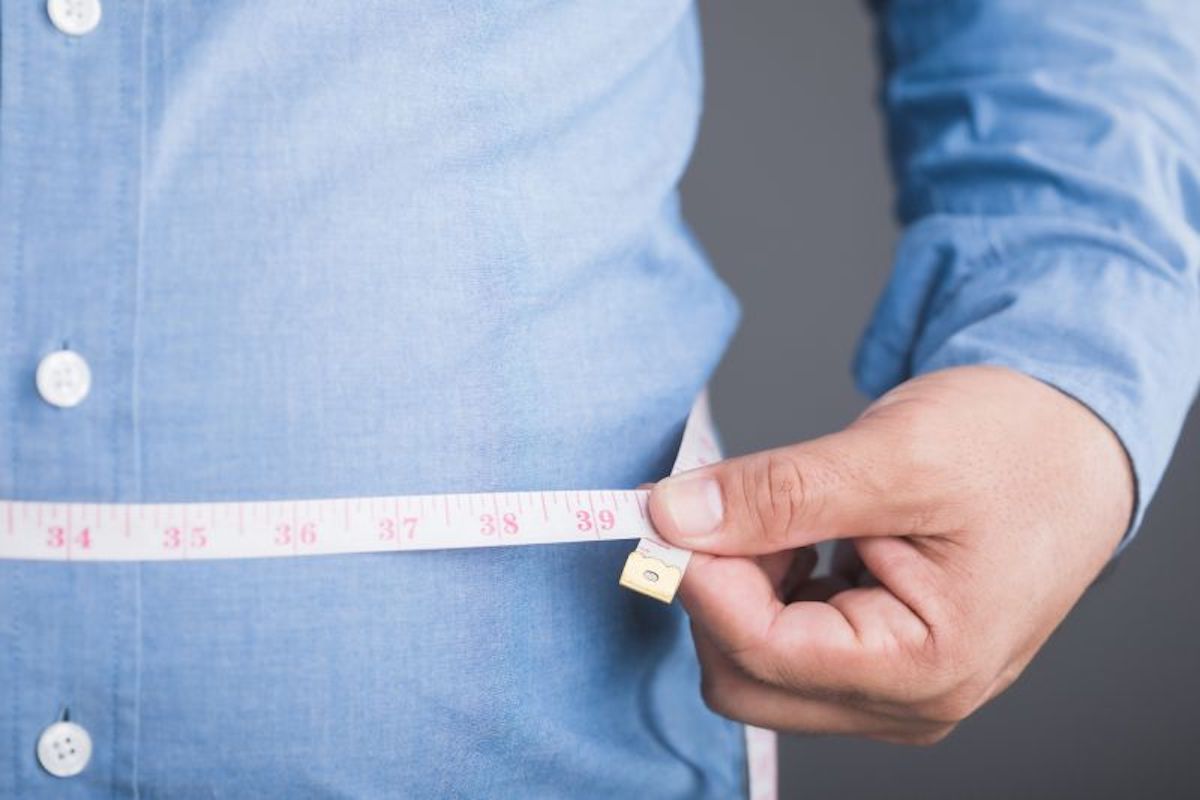- According to a new study, bottled water contains hundreds of thousands of tiny plastic nanoparticles.
- With the health effects of ingested plastics remaining unclear but worrying, the study suggests a far larger problem than previously understood.
- Similarly, a second new report finds far greater microplastic levels than expected in nearly every food tested.
A new study introduces a new method of detecting tiny nanoparticles—less than a thousandth the width of a human hair—of plastic in bottled water. They are so small that they are measured in billionths of a meter.
Closely following new research from Consumer Reports’ lab that found microplastics—from five millimeters to one micrometer in size—in 84 out of 85 foods tested, plastics seem to have infiltrated the human food chain to an even greater degree than previously understood.
The new study found between 110,000 and 370,000 nanoparticles, most of which were nanoplastics, when they tested three popular bottled water brands.
Why tiny plastic particles can be harmful to health
It is not entirely certain what risks may result from the consumption of such particles. However, research suggests cause for concern.
Both the study authors and external researchers (not involved in the study), acknowledge that “these plastic particles can cause physical injury by damaging, for example, the intestine when consuming contaminated food, or the lungs when we inhale them. There is the simple fact that plastics rub against tissue.
Micro and nanoplastics can also be a chemical hazard, as they contain additives which are added during their production to give them special properties such as strength, flexibility, stiffness, adaptability to external factors, etc.
Tiny plastic particles may also harbor unhealthful stowaways. Microparticles and nanoparticles have the ability to bind all kinds of compounds when they come into contact with fluids, thus acting as carriers of all kinds of substances including environmental pollutants, toxins, antibiotics, or microorganisms.
Once inside the cells, [the nanoparticles] could release the compounds, leading to additional health issues.
Plastic particles could induce physical stress and damage, apoptosis, necrosis, inflammation, oxidative stress and immune responses, which could contribute to the development of diseases such as cancer, metabolic disorders, and neurodevelopmental conditions, among others.”
It is also the case that plastics do not readily biodegrade, so once they are ingested, they may remain for an undetermined length of time, potentially posing a long-term health hazard.
How to reduce risk from microplastics consumption
The best advice is awareness and avoidance.
Highly processed foods and beverages would be more likely to contain plastic particles
Switch from disposable plastic bottles to metal or glass. This provides two benefits. In addition to reducing the risk of exposure to plastics, reusable drinking containers lower the number of bottles used, reducing one’s waste stream.
The study author notes, “Staying hydrated is crucial for health. Therefore, we do not advise against drinking bottled water when necessary, as the risk of dehydration may outweigh the potential impacts of nanoplastics exposure.”
Source: Excerpted from an article by Robby Berman; https://www.medicalnewstoday.com/ articles/are-plastic-particles-in-bottled-water-harmful-to-health













